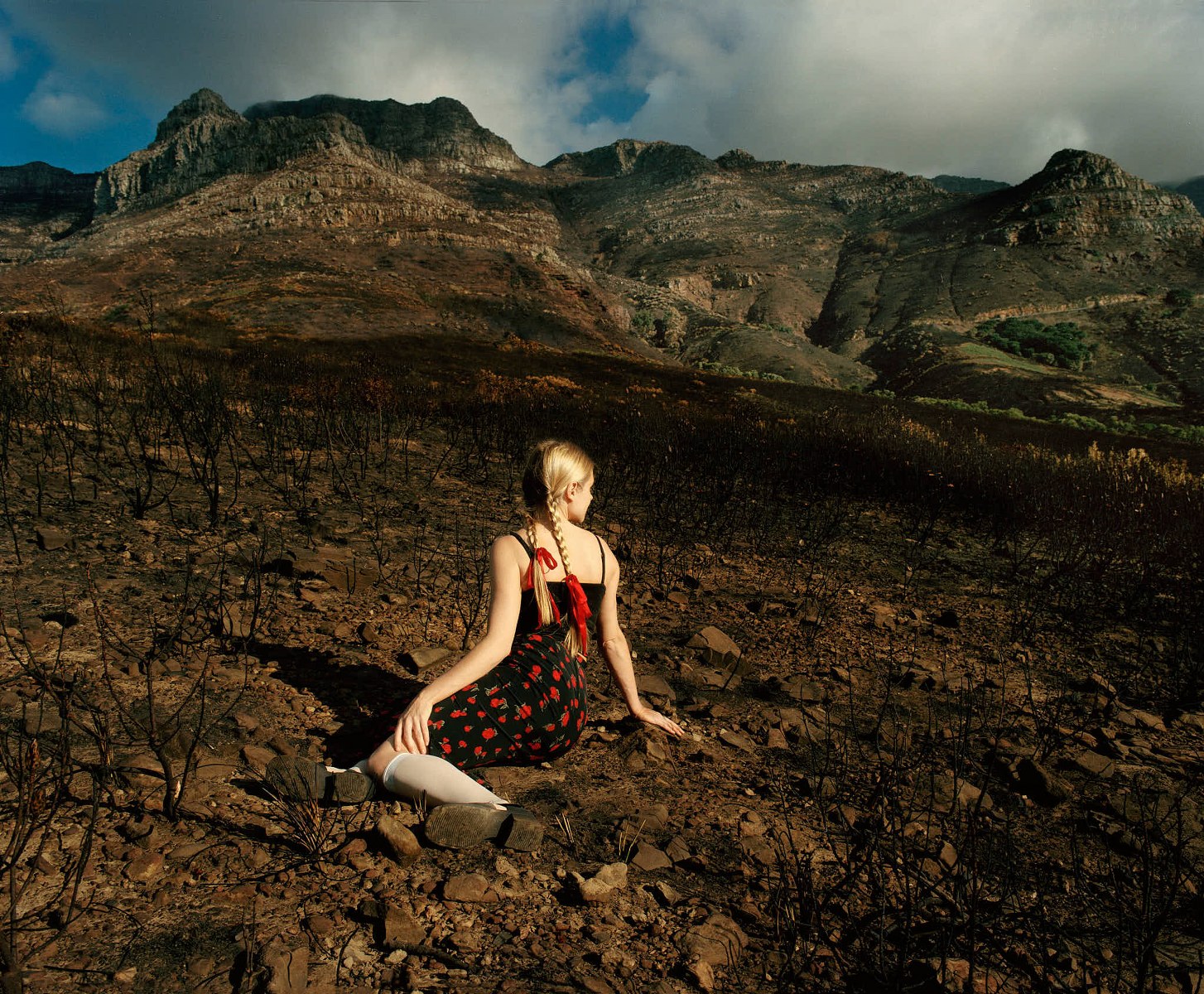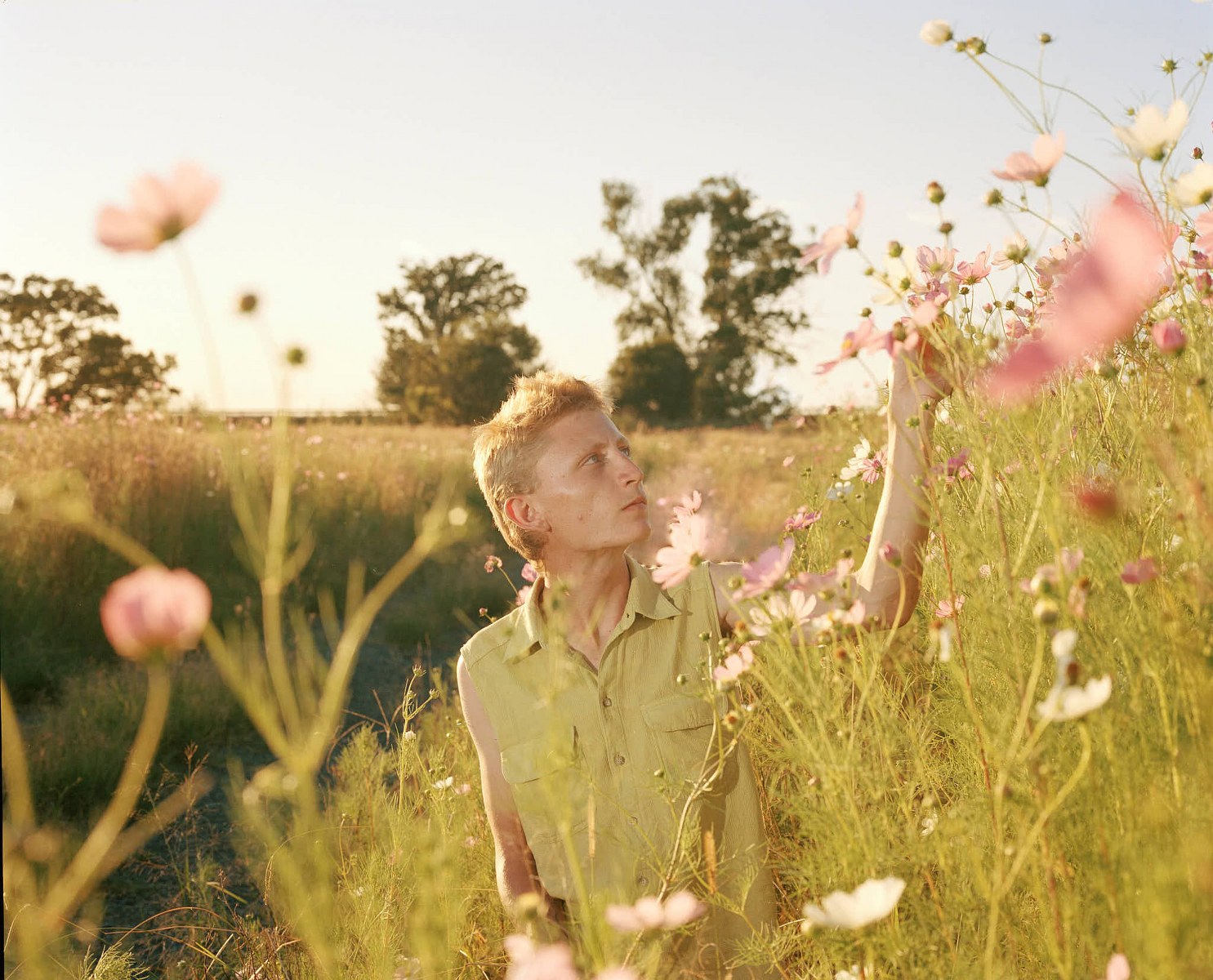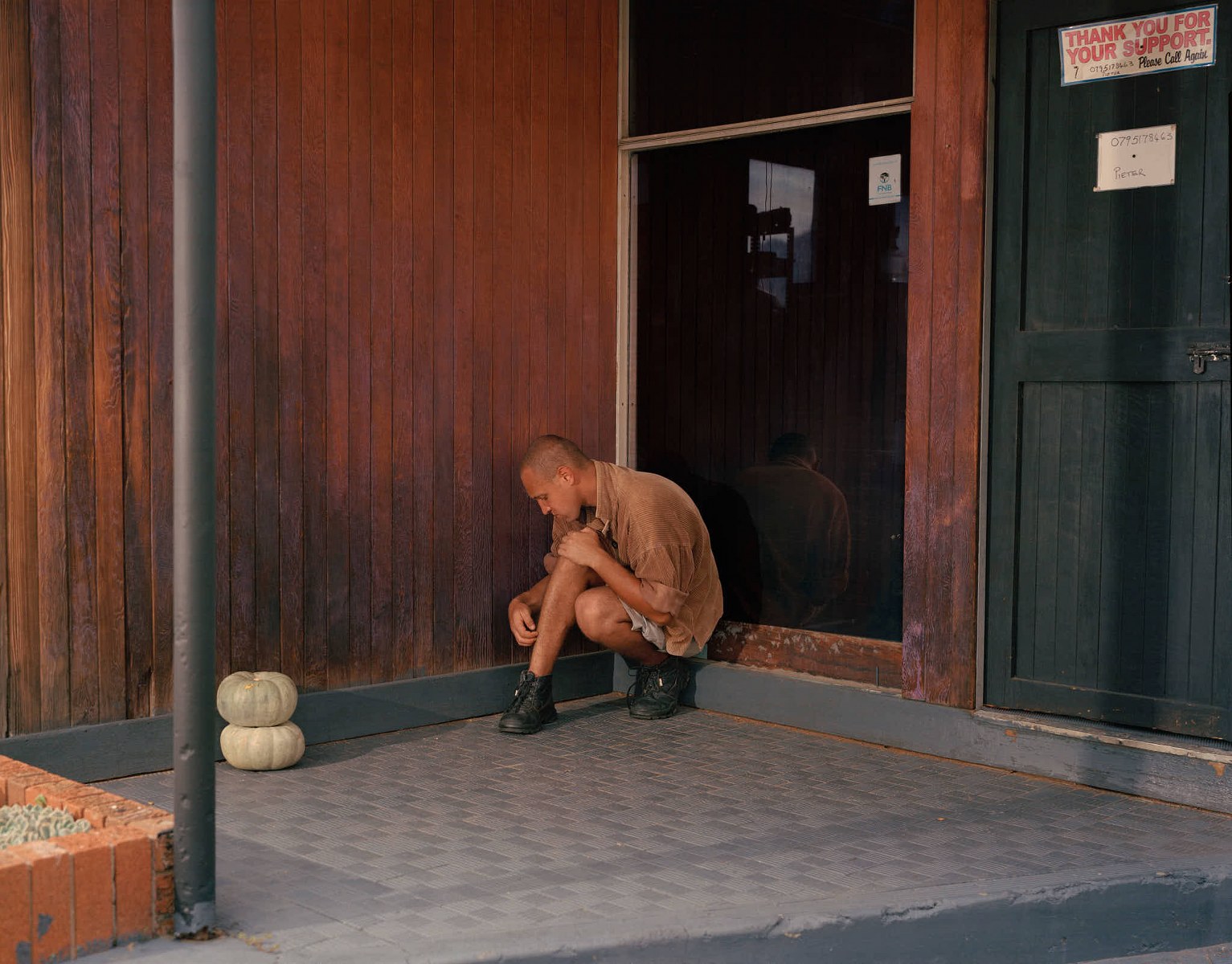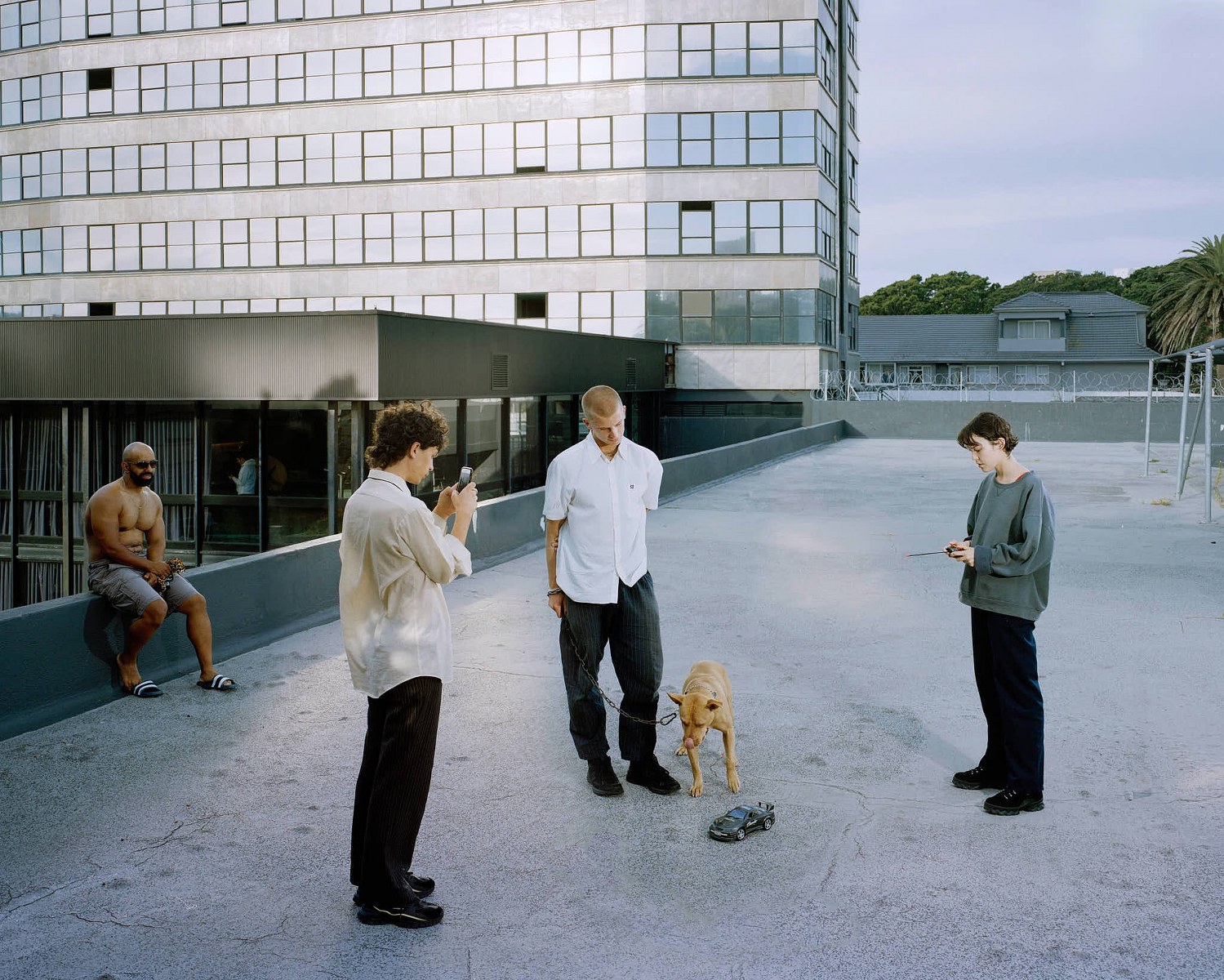Johno Mellish has carved a distinctive niche in contemporary photography, seamlessly bridging the realms of fine art and commercial advertising. With roots in Cape Town and recognition on international platforms, Mellish’s work challenges conventional genre boundaries. This feature dives into his journey, examining how personal experiences and global exposures have shaped his unique photographic voice.

Flanelle : Your work weaves together elements from fine art and advertising, creating a unique interaction between two traditionally distinct genres. What challenges or inspirations arise from this dynamic?
I think that fine art can often be a form of advertising and sometimes advertising can be more akin to fine art – im interested in this intersection between the worlds. I think the challenge for me is to bring what ive done in my personal capacity into what i do for clients. On the ther hand learning about the the speed and technical prowess required on advertising shoots makes my job easier when shooting something for myself. 2. You’ve mentioned that you play with the line between personal moments and commercial imagery.
How do you maintain authenticity in your work, especially when blending these two worlds, and what message do you hope your audience receives from this fusion?
I try to follow my gut and see what happens. I think my personal work often attempts to unpack or think about the different languages in photography and I then try work with that language within a specific project. At the moment im thinking about the seducutive language of advertising and how i can use that in my own work. My commercial work is always for a client so I try use all my skills to fullfull the clients needs first whilst still bringing my own thing. My own thing is very much about play and spontaneity and Ive realized the best way to achieve that thing is to work with smaller crews where everyone is on the same page.
Your journey as an artist has seen the publication of three photo books. Can you share the conceptual journey behind one or all of these books and what it signifies in the larger context of your body of work?
I might have mentioned that I’ve published three photobooks but in fact I’ve only sort of published one book. The other two books were made in very limited editions but it felt like something fun to do with the work I had made at the time. One of the books was about an aquarium design that my friend went to tender on and I called the book Aquarium. The aquarium is in Joburg and I drove my friend up there and on the way photographed anything that resembled an aquarium. I took photographs mostly of puddles. It was sort of a joke but I’m interested in how photography can suggest something very different to what’s actually in the picture. I guess playing with the signified and signifier. I find that ‘skewing’ interesting especially when it might suggest something larger.

You’ve exhibited extensively both in South Africa and internationally. How do varying global perspectives and audiences influence the reception of your work, and have you noticed any unique interpretations or reactions based on cultural contexts?
My gallery had to take down a picture of a shark I had made because it was gathering too much attention in a European art fair. Apparently the rest of the booth was being irgnored – I showed the same work in South Africa and it gathered hardly as much attention.
Having been nominated for the C/O Berlin Talent award by renowned artists Taiyo Onorato & Nico Krebs, what does this recognition mean to you on a personal and professional level?
It meant a lot to me on a personal level because I really appreciate their work. Personally it was my biggest achievement having some my favourite artists nominate me for an award.
Cape Town plays a significant role in your life, being both your birthplace and current residence. How does the city’s rich culture, history, and environment influence your photographic approach and subject choices?
My photographic approach is centered around people and interacting with people beyond the people just being ‘subjects’. If someone is willing to work with me I think of it as an honour and take their time very seriously. I think this comes out of being in a place that has such a rich and complex history.
With a diverse client list ranging from Vogue Polska to Highsnobiety, from San Pellegrino to Oakley, how do you adapt your photographic style to align with a brand’s vision, while also ensuring your distinctive voice shines through?
Usually when brands work with me its for my vision. Like i said earlier I think I work best then my crew is small. I’ve found this to be the best strategy to ensure that my vision still shines through. When budgets go up its easy to get a hundred assistants and all the lights but that can sometimes mean more work dealing with crew and less time dealing with talent.

Traveling for exhibitions and shoots surely has its share of adventures. Do you have a favorite travel anecdote or a particular place that’s stolen your heart?
The most adventurous experience was definitely travelling through Zimbabwe to document three local bands playing at a music festival called Lake of Stars in Malawi. It was early on in my career and I got arrested in Harare for photographing soldiers at a petrol station. I ended up in a holding cell for half a day. Eventually the crew found me and I had to pay a fee to get released. Maybe I’m denented but when I think back to that experience I feel warm feelings.
Reflecting on your academic journey at Michaelis School of Fine Art and AFDA Film School, how did these formal studies shape your perspective as a photographer, and how do you see the relationship between formal education and self-exploration in the creative world?
I really enjoyed my academic journey. Michaelis was great in that I had a lecturer who was very encouraging and who shared a similar taste in photography. I think for everyone its different. I dont think studying in a formal sense is always necessary but it certainly helped me focus in on why and what I wanted to photograph.
Do you have any advice for young photographers who are starting out and seek guidance to work in the industry ?
Make as much work as possible, be open to mistakes and try and create a good social network in the real world


